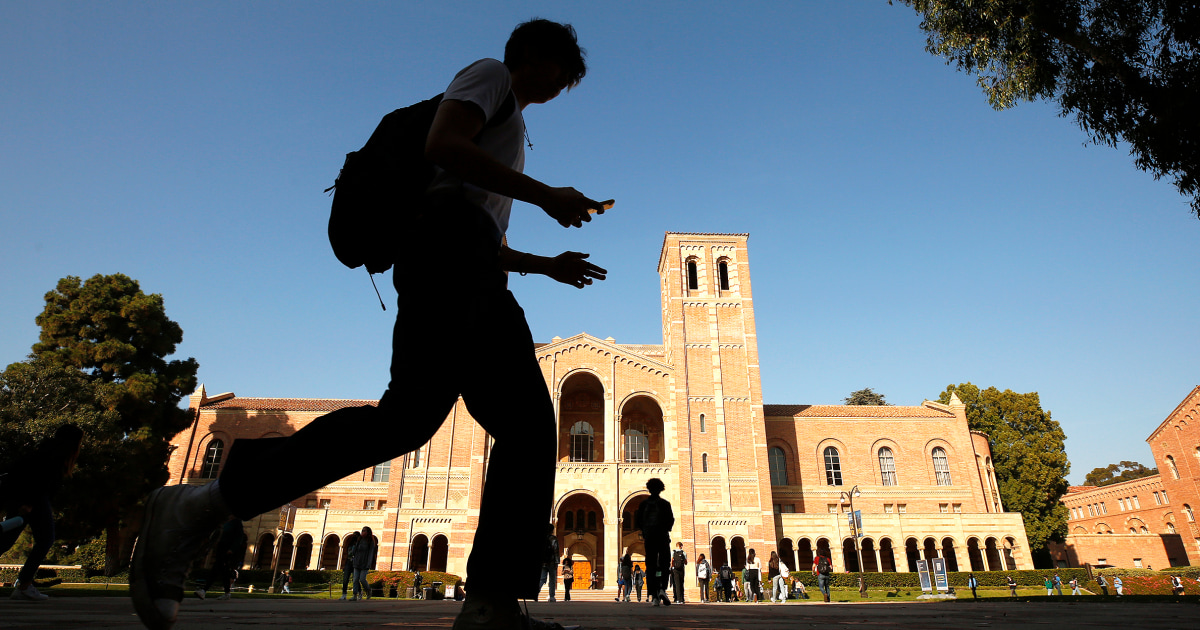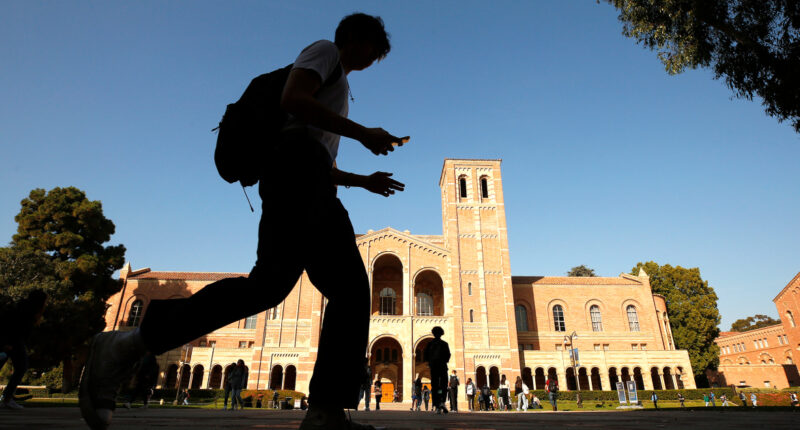
LOS ANGELES — In California, where affirmative action in admissions has been banned in public colleges since 1996, university officials and faculty members said they have found ways to ensure their student bodies remain diverse.
Though the U.S. Supreme Court decided Thursday that race cannot be a factor in admissions, sending ripples through the higher education community across the country, California could provide a model for how to foster diversity while not running afoul of the law.
Colleges and universities in California have relied on holistic reviews of applicants, considering such factors as personal essays and whether students turn educational opportunities at their high schools into academic achievement.
Some institutions have eliminated requirements for all applicants to submit standardized test scores, which tend to benefit students whose families are able to afford tutors and preparatory classes.
The move away from standardized test scores is part of a larger national trend to level the playing field for students from all walks of life.
“The consideration of race was not the conclusive solution to inequities in college admissions, but it was a necessary pathway to addressing systemic deficiencies,” said University of California President Michael V. Drake. “Without it, we must work much harder to identify and address the root causes of societal inequities that hinder diverse students in pursuing and achieving a higher education.”
California banned affirmative action in 1996 under Republican Gov. Pete Wilson during an anti-immigration wave in California that included a voter-approved law that would have denied health care, education and other services to people living in the U.S. without authorization. That law was eventually overturned in federal court.
At the public University of California, which includes more than 290,000 students across 10 campuses, administrators have adopted alternative criteria for recruiting and evaluating students from diverse backgrounds without explicitly asking questions about race.
The efforts have attracted a wide talent pool, allowing the UC system to retain a diverse population, albeit one that does not always reflect the state’s demographics.
Although Latinos are 40% of the state’s population, they are only 22.5% of students enrolled in UC schools. Black people make up 6.5% of California’s population and 5.5% of UC undergraduate students.
Asian students are 16% of California’s population and 32% of the student population in the UC system.
“We have not done enough to repair institutional harm done to certain communities,” said Tyrone Howard, a professor of education at UCLA.
“We know that Black and Latino students are more likely to attend underfunded schools without adequate numbers of counselors, without the same number of AP and honors courses,” he continued, referring to Advanced Placement courses. “There are structural disadvantages that have been in place for decades, if not longer, and we can’t just say ‘let’s just act as if the last 100 years did not happen’ when it did.”
At Pomona College, a private university in Southern California, admissions officials have relied heavily on affirmative action in the 27 years since California banned it for institutions that receive state funding. The elite liberal arts college, with an enrollment of 1,747 students, combines outreach, recruitment and academic review to vet prospective students.
Pomona College President Gabrielle Starr said that her office is “still digesting the opinion to see what the ins and outs of it are” but that she anticipates ramping up recruitment efforts at the high school level.
“Nothing in the ruling will change how we recruit,” she said. “Our initial plans will include making sure we are as extensive as possible in where we are meeting with students and counselors around the country.”
Even so, Pomona College’s student population does not fully reflect the diversity of Los Angeles County, where Latinos make up 49% of the total population but just 18% of students there.
Asian and Black students, who are 17% and 13.6% of the student population, respectively, are better represented compared to their share of total population, at 16% and 9%, respectively.
Moving forward, Starr expects the college will focus more on robust recruitment of students from all walks of life, including outreach efforts to communities and high schools unfamiliar with the small institution, and those who think attending a private school is out of their reach.
“My concern right now is that with the level of inequality in American high schools, you just don’t have enough guidance counselors for families and students to understand what is possible,” she said.
Source: | This article originally belongs to Nbcnews.com









